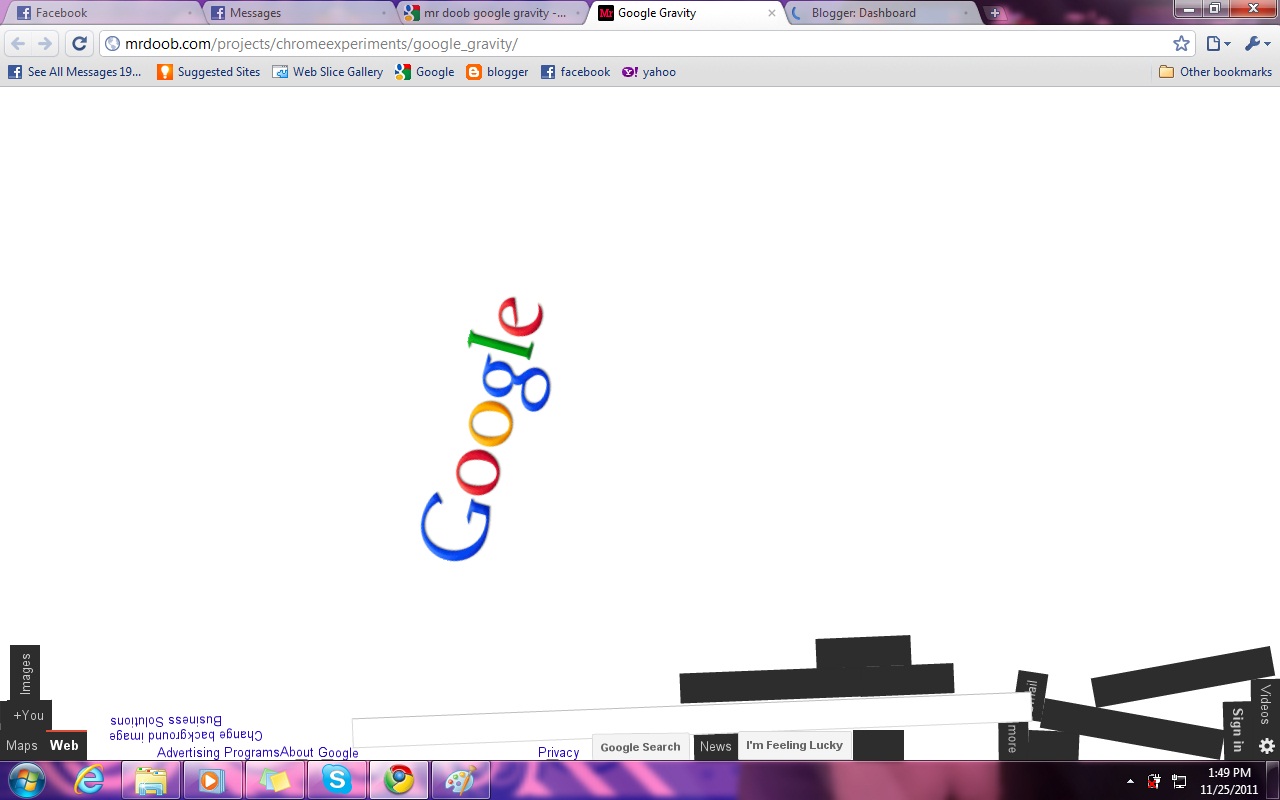

Of course, it’s not just the artists who have their hands in the mix. “Surfcave” gives me a slightly stronger sense of community while browsing, both in an act of sharing but also by being held liable to other members. I don’t want my Surfcave history to be filled with Facebook photographs of ex-girlfriends or something equally embarrassing. As a Surfcave user now, I have become more conscious of how my browsing habits might look to an outside viewer. This project is a study in transparency and an exploration of the visual environment of the internet. Screen capture from my own visual browsing history taken “Surfcave.”īrad Troemel and Jonathan Vingiano’s new website “ Surfcave” which was already covered on Hyperallergic by Kyle Chayka has taken what Lund started and made it social, focusing solely on images. Of course, he could simply go to a proxy site or open an Incognito window to browse whenever he doesn’t want the world to see. The question arose in my mind: If I had found Lund watching porn while I was researching this article, would I have included that here? I’m not sure.
#GOOGLE NO GRAVITY MR.DOOB PC#
I just spent some time following Lund’s travels through the internet, ranging from a YouTube video of Mounting a Tablet PC into a Computer Desk, to Twitter, to the Incredible Charts blog. This provocative transparency is an aspect of browsing most of us do not want to embrace, and Lund’s commitment to it through this ongoing work is commendable in both its ideology and dedication. The website simply displays the url that the artist is currently looking at, which is updated whenever the artist wanders to a new website. In a much more singular look at browsing habits, “ I’m Here and There” is a 2011 work by Jonas Lund which allows one to watch, and if they choose, mimic the browsing habits of the artist in real time. Screenshot of Jonas Lund’s “I’m Here and There” I return to this work every so often just for a laugh something is inexplicably hilarious about watching the omnipresent Google page falling apart at the seams. “Google Gravity” only shows the top four results on Google, and once you are off of the Google splash page, gravity returns back to its expected levels. The piece is a lighthearted ride but a short one. “Google Gravity” allows us to browse the most commonly used search engine in the world as it would be after physical gravity took its tole on the interface. Doob (screenshot below it does require Google Chrome to function). Taniguchi’s work does ask a provocative question of the viewer: Why aren’t there more creative liberties taken in web design? In practice, however, “Big-Browser” is too weird to stand as a real replacement.Īnother browser-based artwork is the classic “ Google Gravity” by Mr. Browsing the internet at this slightly new angle feels surprisingly awkward and foreign. It looks as though it is made for someone just inside and to the right of your computer screen. The completely interactive browser remains entirely functioning even while rotated and skewed. Most recently, Japanese artist Akihiko Taniguchi created the “ Big-Browser” (above) which allows you to surf the web at quite literally a new perspective.

Screen shot from Akihiko Taniguchi’s “Big-Browser”.


 0 kommentar(er)
0 kommentar(er)
